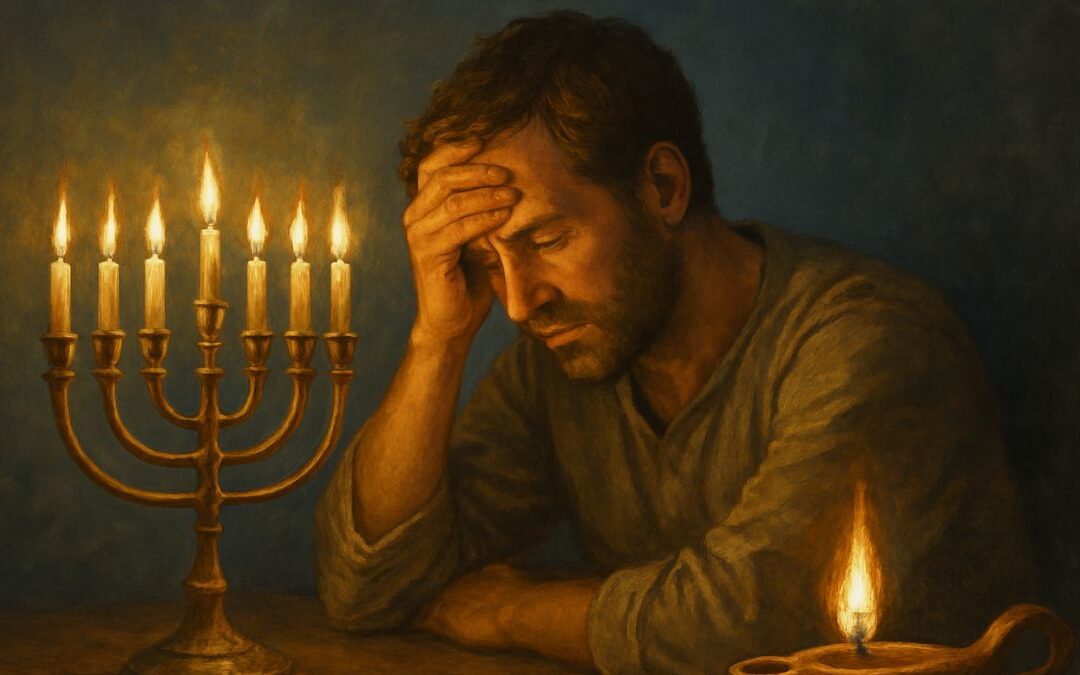Introduction
Have you ever tapped your foot to a swinging rhythm or been moved by a soulful saxophone solo? That’s the power of jazz, America’s great original art form. But have you ever wondered where that music came from? How did it grow from local folk tunes into a globally celebrated sound? This isn’t just a quiz; it’s a backstage pass to the story of jazz. We’ll travel back in time to the smoky clubs and vibrant street parades where it all began. Each question is a chance to meet a legend, understand a new style, and hear the music in a whole new way. By the end, you’ll not only know more about jazz history, but you’ll have a deeper appreciation for the innovation, passion, and spirit of improvisation that makes this music so special. Let’s start the show!
Learning Quiz
This is a learning quiz from English Plus Podcast, in which, you will be able to learn from your mistakes as much as you will learn from the answers you get right because we have added feedback for every single option in the quiz, and to help you choose the right answer if you’re not sure, there are also hints for every single option for every question. So, there’s learning all around this quiz, you can hardly call it quiz anymore! It’s a learning quiz from English Plus Podcast.
Quiz Takeaways | The Story of Jazz – An American Adventure
Hello, and welcome to a journey through the story of one of America’s greatest gifts to the world: jazz music. It’s a story that’s full of passion, innovation, and constant change. It’s a story about freedom and expression, and it starts in one very special place.
To find the roots of jazz, we have to go down to the mouth of the Mississippi River, to the city of New Orleans at the turn of the 20th century. New Orleans was a true melting pot, a vibrant port city where cultures from Africa, the Caribbean, and Europe all collided. In this environment, a new music was born. It took the soulful feeling of the blues, the syncopated, off-beat rhythms of ragtime piano music, and the communal spirit of church spirituals and combined them into something new, exciting, and deeply rhythmic. Early pioneers, almost mythical figures like cornet player Buddy Bolden, led bands in street parades and dance halls, laying the foundation for what was to come.
The real magic of this new music was a technique called improvisation. This is the defining feature of jazz. It’s the art of creating music on the spot, of a soloist stepping up and inventing a new melody based on the song’s structure. This focus on individual expression was revolutionary. And the first person to truly master this and become a star was a young man from New Orleans named Louis Armstrong. With his brilliant, powerful trumpet playing and his warm, gravelly voice, Armstrong transformed jazz from a group activity into a soloist’s art form. He was jazz’s first great genius.
In the 1920s, many of these musicians, including Armstrong, moved north as part of the Great Migration, bringing the sound of jazz to cities like Chicago and New York. This was the Jazz Age, a time when the music became the soundtrack to the Roaring Twenties and a key part of the Harlem Renaissance, an incredible flowering of African American culture.
By the 1930s and 40s, jazz had become the most popular music in the country. This was the Swing Era. Big bands, led by charismatic bandleaders, played in grand ballrooms for thousands of dancers. You had the elegant, sophisticated compositions of Duke Ellington, who was a master at writing music that showcased the unique sounds of the musicians in his orchestra. You had the hard-swinging, blues-drenched band of Count Basie, powered by its unstoppable rhythm section of piano, bass, and drums. And you had Benny Goodman, the “King of Swing,” a clarinetist whose band became a pop sensation.
But some musicians started to get restless with the limitations of the big bands. In the small, smoky clubs of New York in the mid-1940s, they created a new kind of jazz. It was fast, complex, and definitely not for dancing. This was Bebop. Led by the alto saxophone genius Charlie “Bird” Parker and trumpeter Dizzy Gillespie, bebop was an artistic revolution. It was music for listening, full of intricate solos and daring harmonies. It was the birth of modern jazz.
The 1950s saw jazz branch out in several directions. As a reaction to the fiery intensity of bebop, some musicians developed Cool Jazz, a more relaxed, subdued style with a softer sound. The landmark album for this movement was “Birth of the Cool,” led by a young trumpeter who would go on to change the course of jazz many times: Miles Davis.
The 1950s also saw the development of Modal Jazz, another revolution spearheaded by Miles Davis on his 1959 album “Kind of Blue.” This is the best-selling jazz album of all time for a reason. Instead of navigating complex chord changes, modal jazz allowed soloists to improvise over simple scales, or “modes,” for long periods. This created a feeling of space and freedom, resulting in music that is both profoundly beautiful and easy to listen to. The same year, saxophonist John Coltrane took harmony in the opposite direction with his album “Giant Steps,” a work of breathtaking complexity.
The spirit of freedom continued into the 1960s with the rise of Free Jazz, led by innovators like Ornette Coleman, who sometimes abandoned traditional rules of melody, harmony, and rhythm altogether. And in the late 60s, Miles Davis changed the game again. He heard the power of rock and funk music and decided to combine it with jazz. He picked up an electric trumpet, his band switched to electric piano and electric bass, and with his album “Bitches Brew,” he created Jazz Fusion, a powerful, electrified new style.
From its roots in the blues and ragtime to the swinging big bands, from the artistic rebellion of bebop to the cool meditations of modal jazz and the electric energy of fusion, the story of jazz is one of constant evolution. It’s a conversation between the past and the future, built on the fundamental “call and response” between musicians. It’s a music that perfectly balances structure—like the composed melody, or “head,” of a tune—with the ultimate freedom of improvisation. It is, at its heart, the sound of people telling their stories, right here, right now.










0 Comments